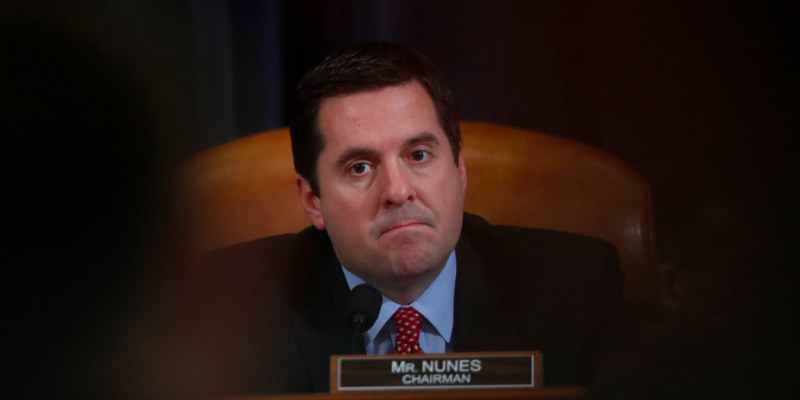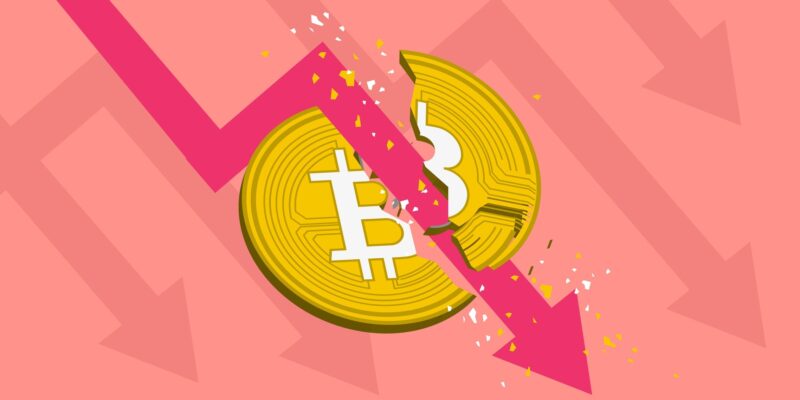- Almost 73,000 fires have been recorded in the Amazon Rainforest this year – nearly double 2018’s total of about 40,000 fires.
- The fires are coming from people farming and logging the rainforest. It’s not a new phenomenon. But it’s unusually bad this year.
- It doesn’t help that Brazil’s government and President Jair Bolsonaro have not prioritized the environment.
- Photos show people how have been cultivating the land since the late 1970s, but it shows a greener, healthier rainforest. And a sky filled with less smoke.
- Visit Business Insider’s homepage for more stories.
Fires in the Amazon rainforest, during the summer months, aren’t new. But this year, it’s the worst on record.
While Brazil’s government has called warnings about the fires “sensationalist” and “hysterical,” photos show this year the smoke looks thicker, and the damage to the rainforest, or the “lungs of the planet,” is worse. The earth is being scorched, and fires continue to burn relentlessly.
Friday night, following pressure from his own people and the international community, and after weeks of spreading misinformation about the fires, President Jair Bolsonaro said he would send the army to fight them and prevent deforestation.
Here are photos showing what the Amazon rainforest used to be like, and what the burning looks like now.
The Amazon Rainforest is 1.4 billion acres of some of the most important, biodiverse land on the planet, spanning the countries of Brazil, Peru, Colombia, Ecuador, Bolivia, and Venezuela. The areas marked in red on this map show every fire that has started burning since August 13, 2019.
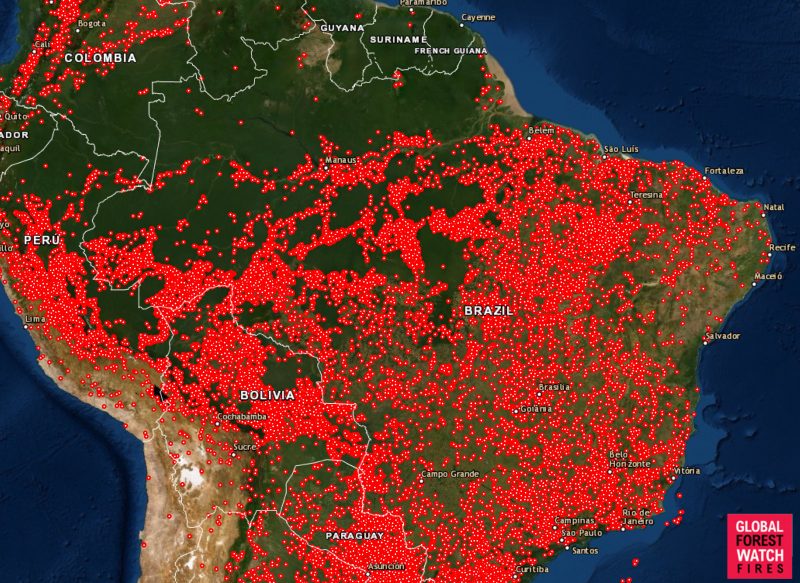
Sources: Business Insider, WWF
The Amazon has around 3 million animal and plant species, along with 1 million people living in it. But this year, many of those inhabitants are in serious danger, as the rainforest is burning at an unparalleled rate.
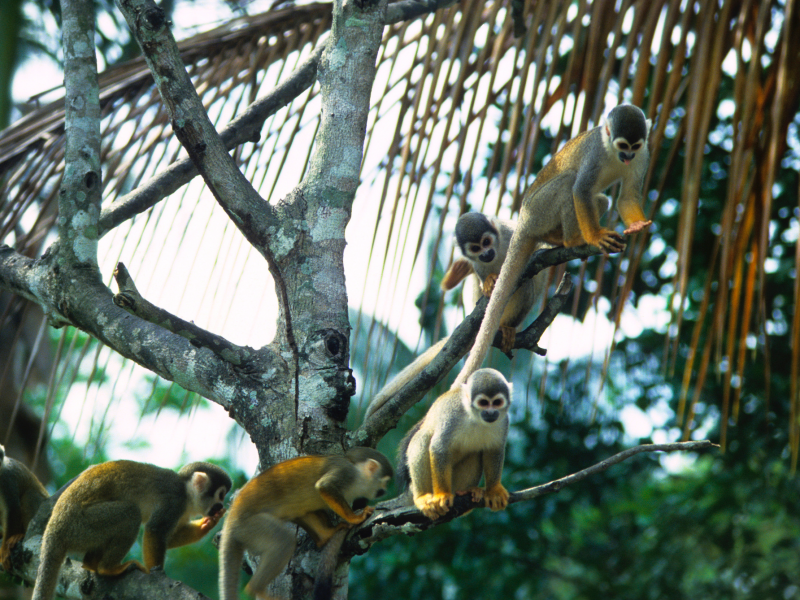
Source: BBC
It's important to remember that forest fires in the Amazon are not new. Usually, fires occur every year during the dry season, due to dry, hot conditions, or through farming and logging. This is rainforest cleared back in 1990.
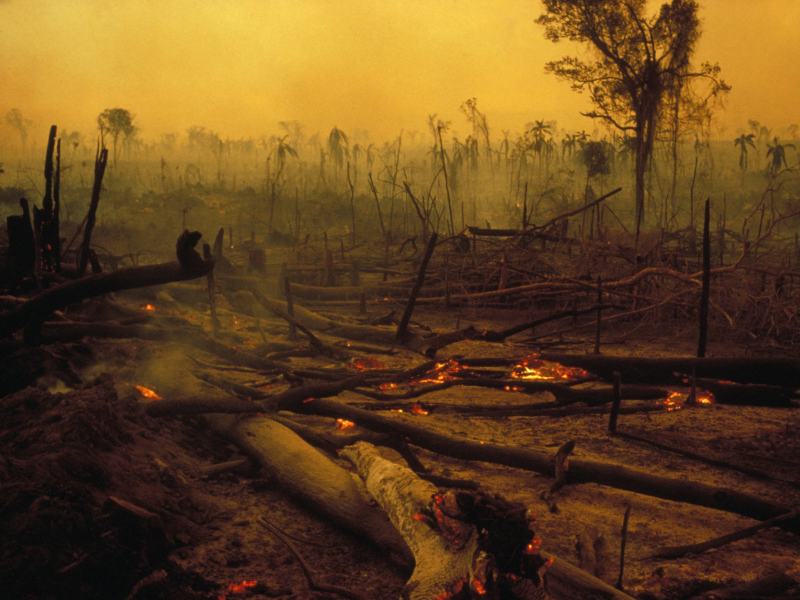
Source: BBC
But in 2019, Brazil has already had over 72,000 fires, nearly double its 2018 total of almost 40,000 fires. This increase is deliberate, coming from farmers and loggers clearing the land. The Brazilian government has been criticized for prioritizing agricultural and mining over the rainforest.
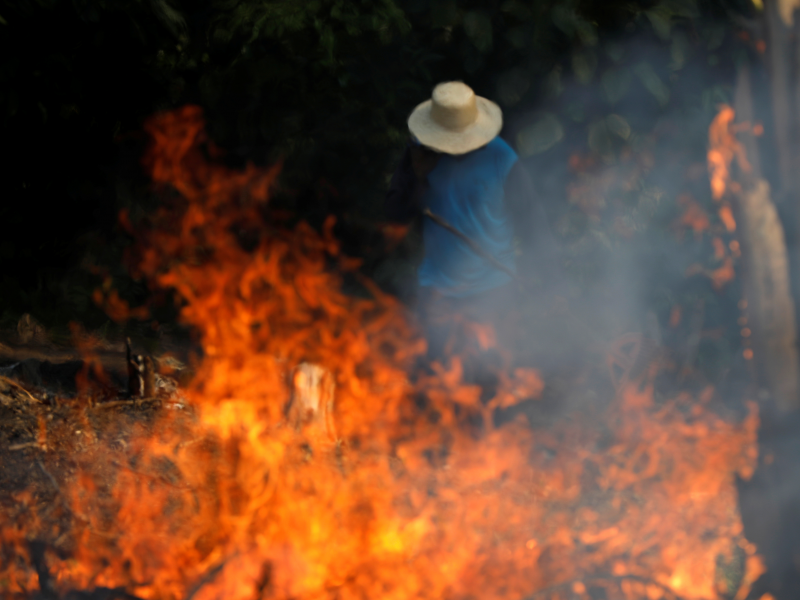
This is what virgin, untouched rainforest looked like in 2005.

Deforestation and fires to make way for development, logging, and agriculture have been two of the biggest threats to the rainforest over the years. In 1999, a satellite image shows deforestation in Brazil's rainforest. The untouched forest is deep green.
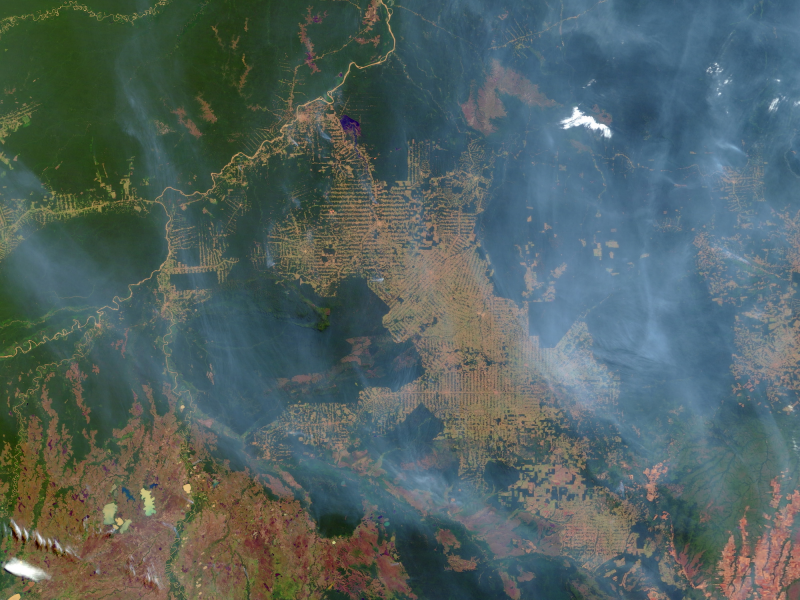
In August 2019, 20 years later, it's harder to see the land in images from NASA, because of smoke from burning fires. INPE, a space agency, said the fires were not natural, since the climate has been normal this year, and there's been no drought.
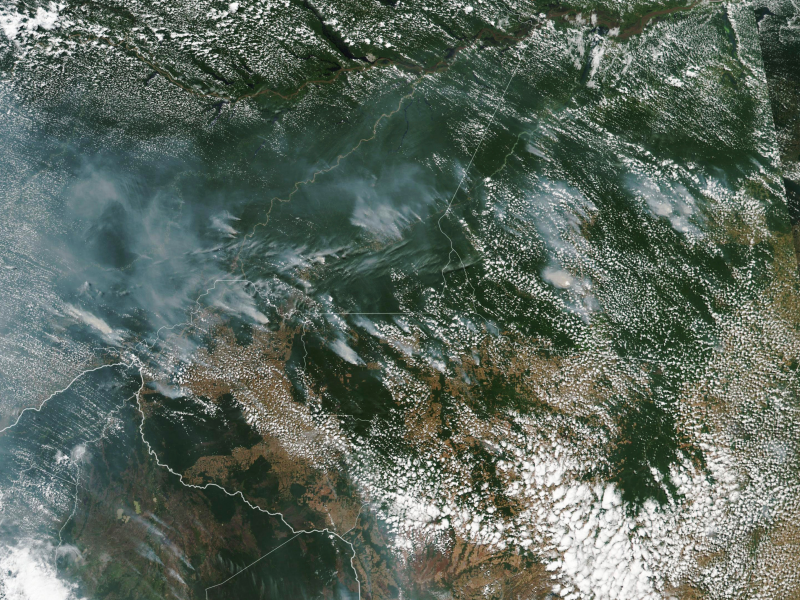
Source: Reuters
Smoke looks thinner and lighter, in 1973, when Brazil was beginning to try and integrate the rainforest into its economy, through logging and cultivating farmland.
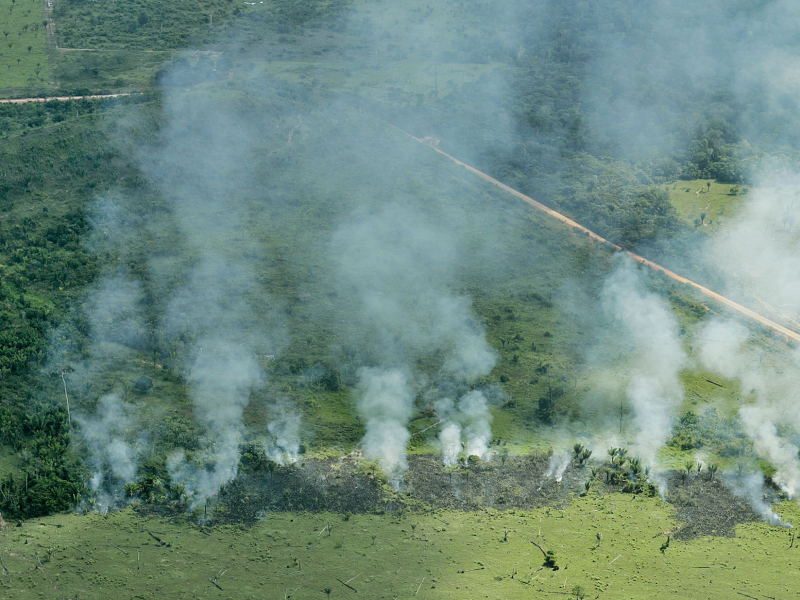
In 2019, thick smoke now blankets much of the Amazon. The actual size of the fires is still not entirely clear, but they're burning in several large states in northwest Brazil. Estimates have smoke covering 1.2 million square miles of land.
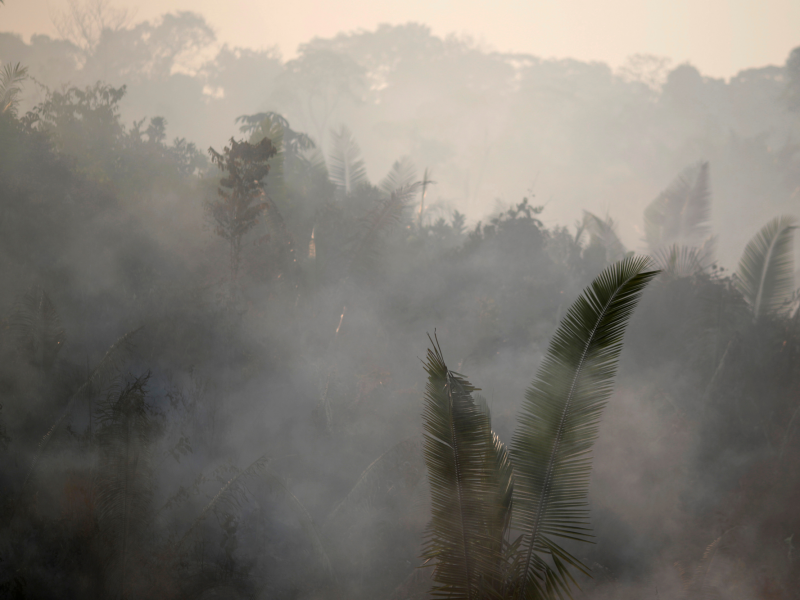
Sources: National Geographic, Business Insider, Newsweek
A river winds its way through untouched rainforest in 2005. The Amazon is home to 4,100 miles of rivers.
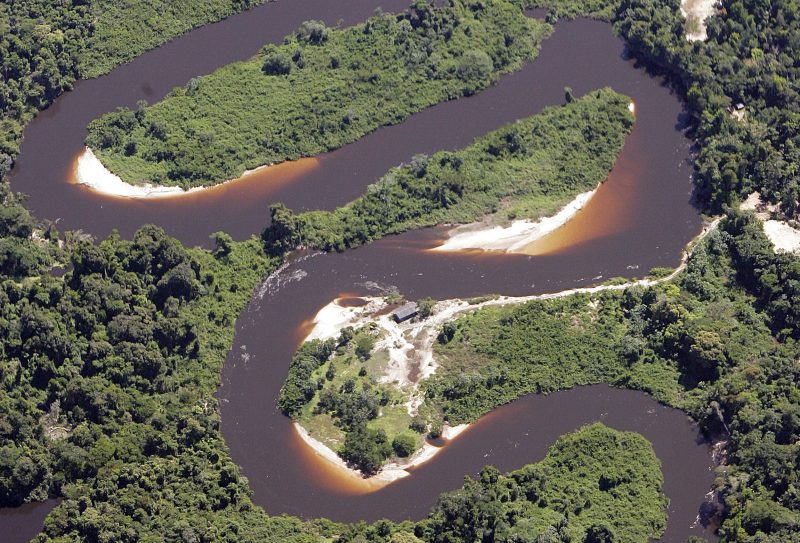
Source: WWF
On August 17, 2019, glowing smoke in Humaitaa, Brazil, looked ominous at night. According to Reuters, the sky never goes dark while the Amazon burns.
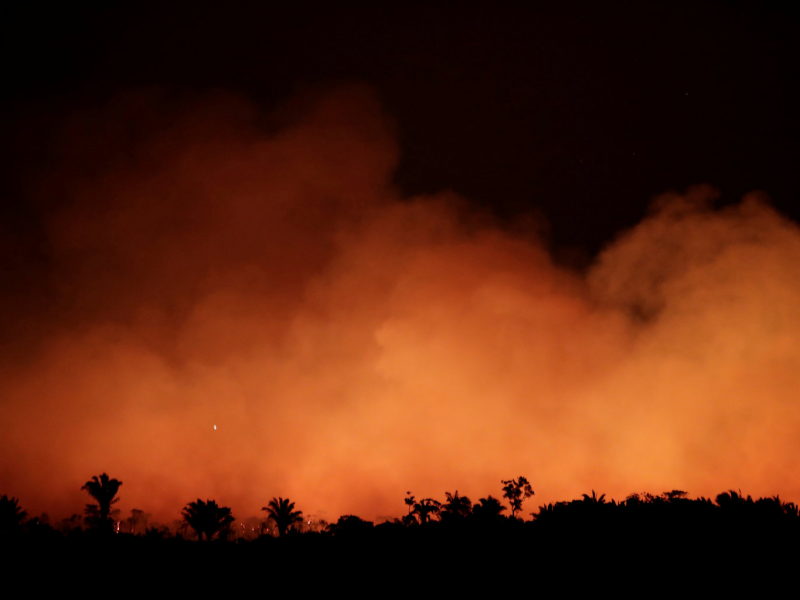
Source: Reuters
And the smoke is even managing to darken the skies of Sao Paulo, which is 2,000 miles away.
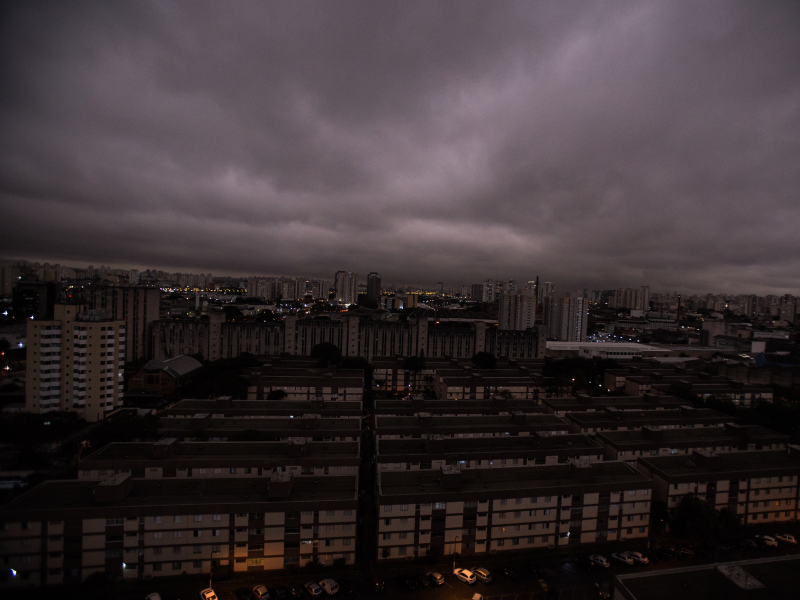
Source: BBC
Here's what Sao Paulo looked like on a clear day in 2015. More than 12 million people live in the city.
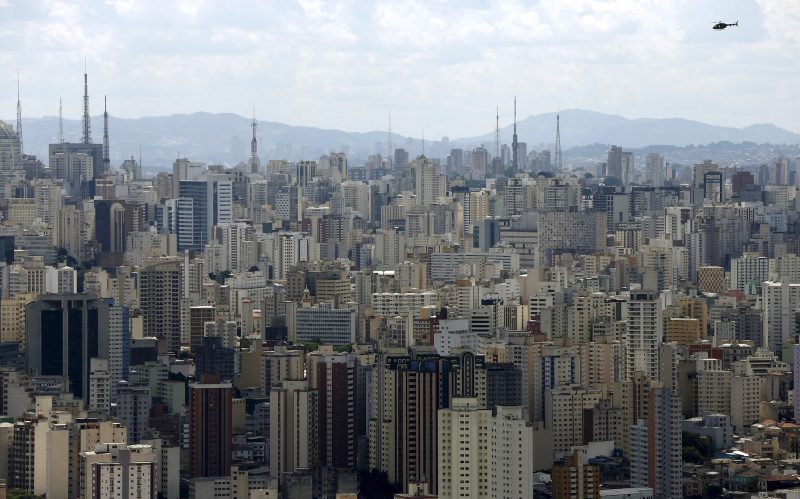
Back in 1988, it was mist rather than smoke that made it hard to see the tree canopy in the jungle.
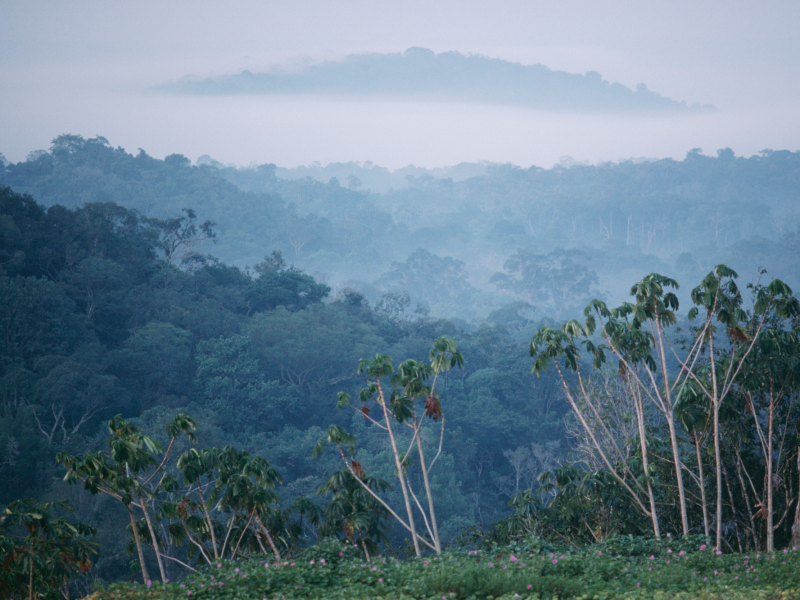
As for deforestation, the rainforest has been getting chopped down for years. This section at the top was destroyed for farming in 1983.
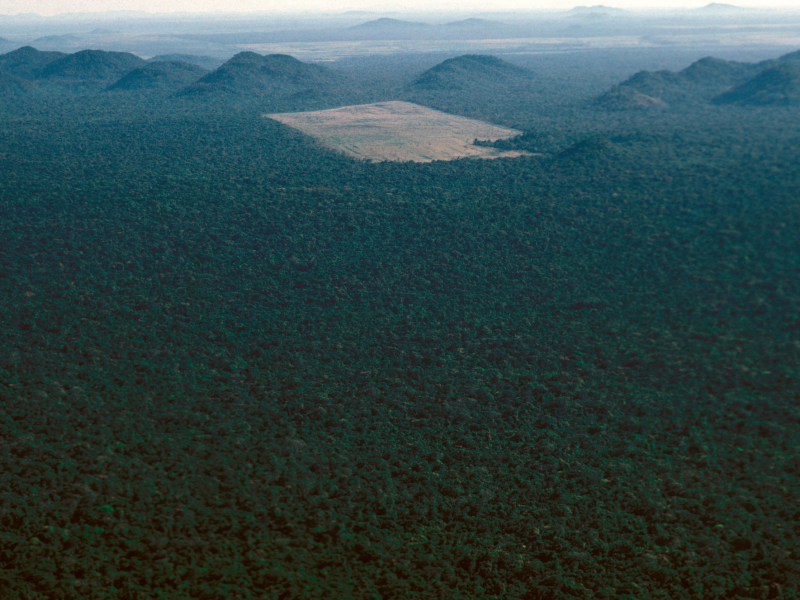
And this was another section of destroyed forest in Brazil, in 1990.
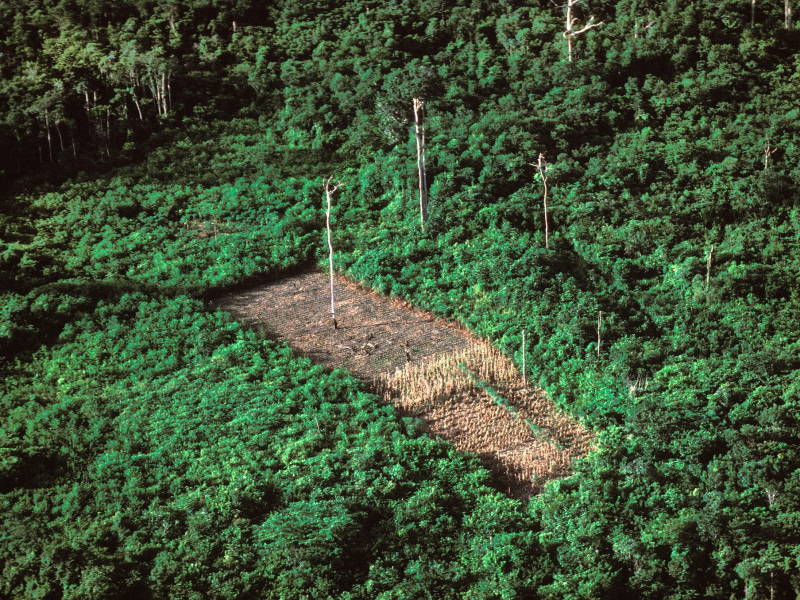
Seen here is an area of rainforest that was developed in 1999. It's no longer jungle, but it's still green.
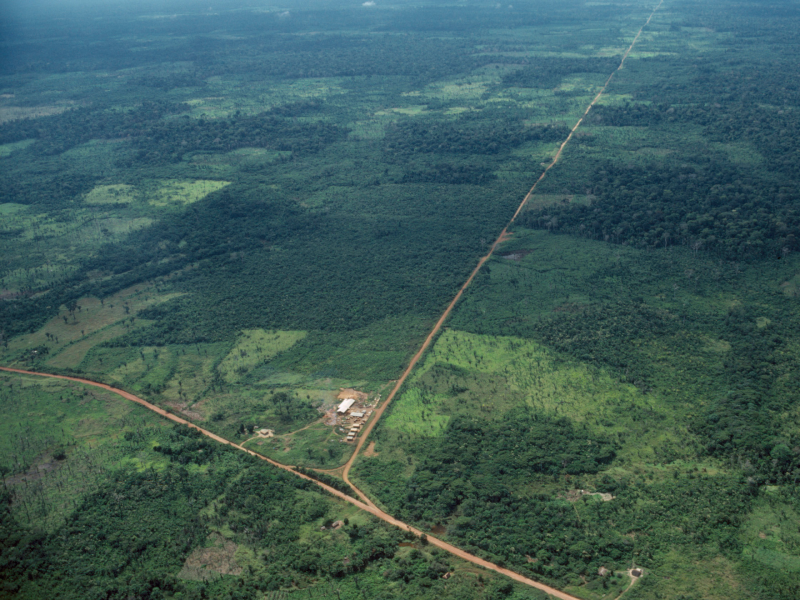
Here, you can see the four stages of turning forest into a cattle farm, from 2014. There's naked land where the forest was razed, there's pasture ready for cattle, there's forest being burned, and other forest that would be burned later. It was happening then, but not to the degree it's happening now.
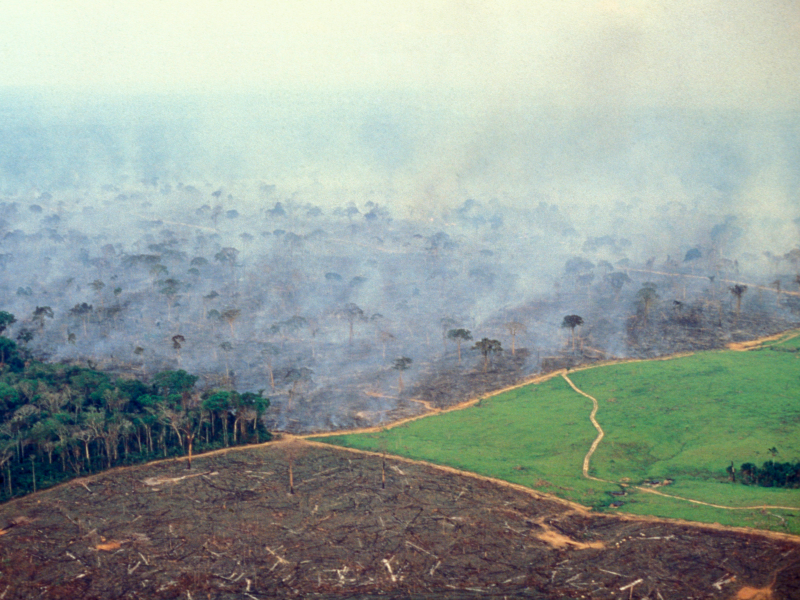
Cultivating the land continues in 2019, except now it's harder to make out due to smoke in the atmosphere.
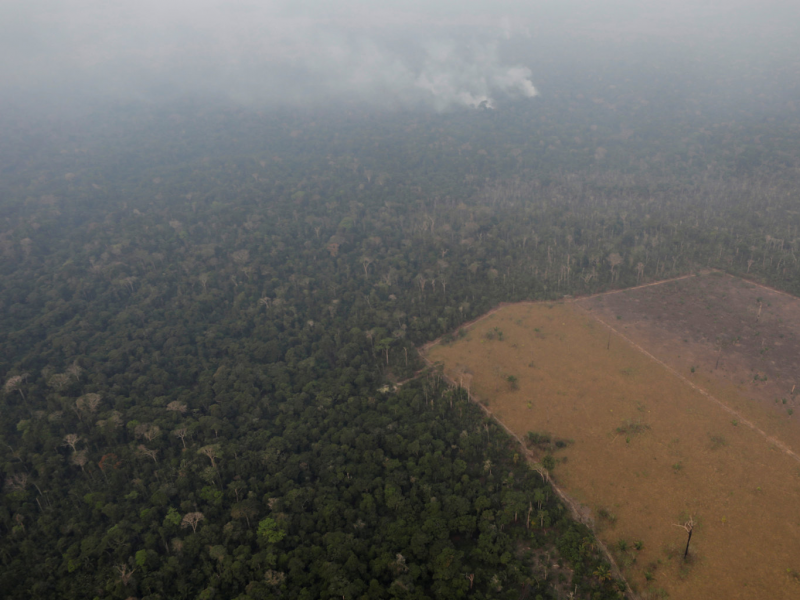
And it's not just smoke, either. The fires are leaving the earth scorched ...
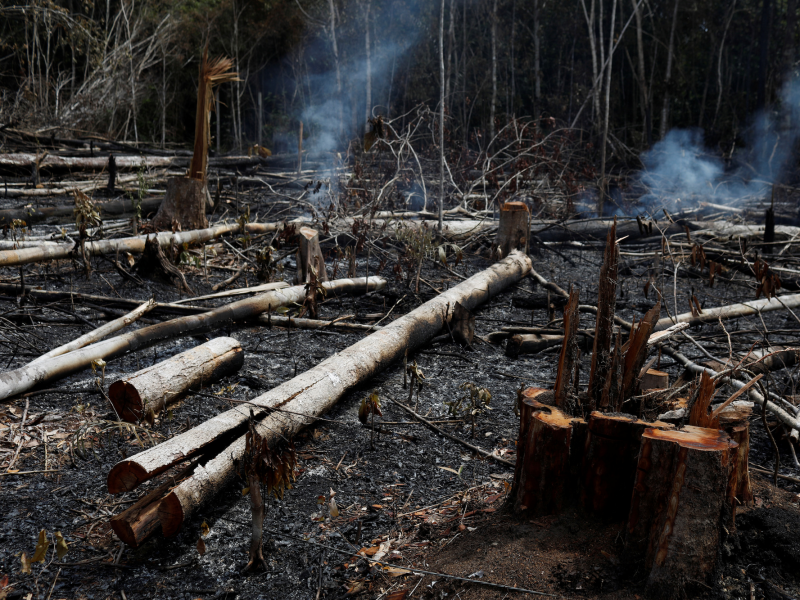
... and lifeless. If it continues, the rainforest could dry out even more, become flammable, and release billions of tons of carbon into the atmosphere.
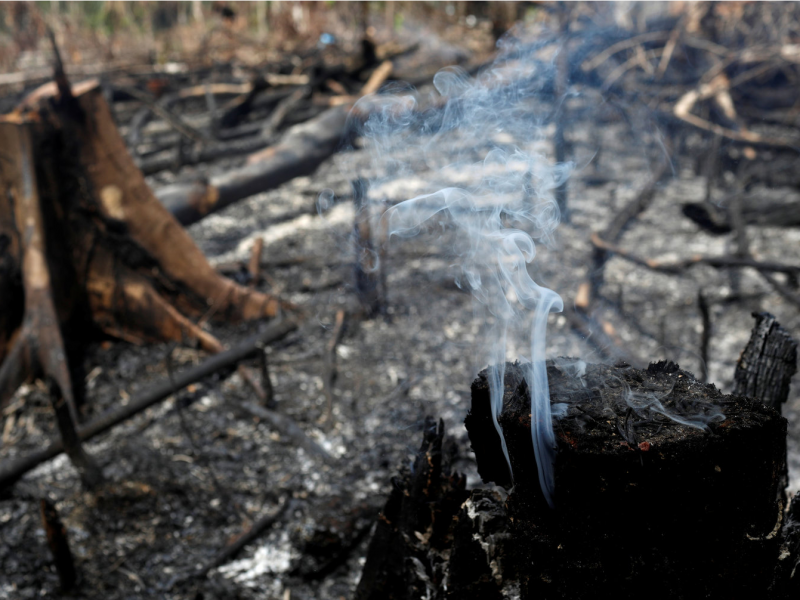
Many people, like Frere Henri Burin Des Roziers, work to protect the rainforest. Seen here in September 2008, he stares at the destruction and scorched earth caused by fire near Para, Brazil. Because of his work, he's had his life threatened.
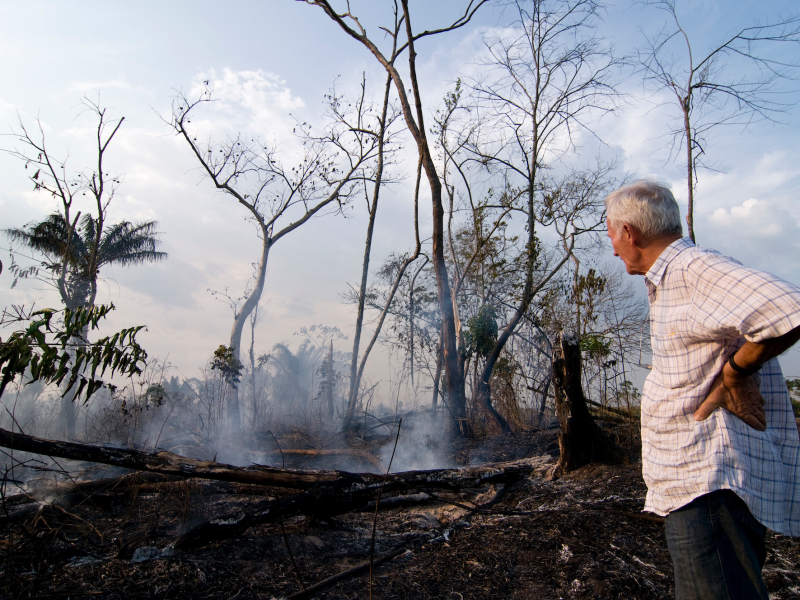
Environmental activists have been fighting to save the rainforest for years. Here, a Greenpeace protest calls deforestation a "crime" near the Brazilian town of Claudia, Mato Gross, in 2005.
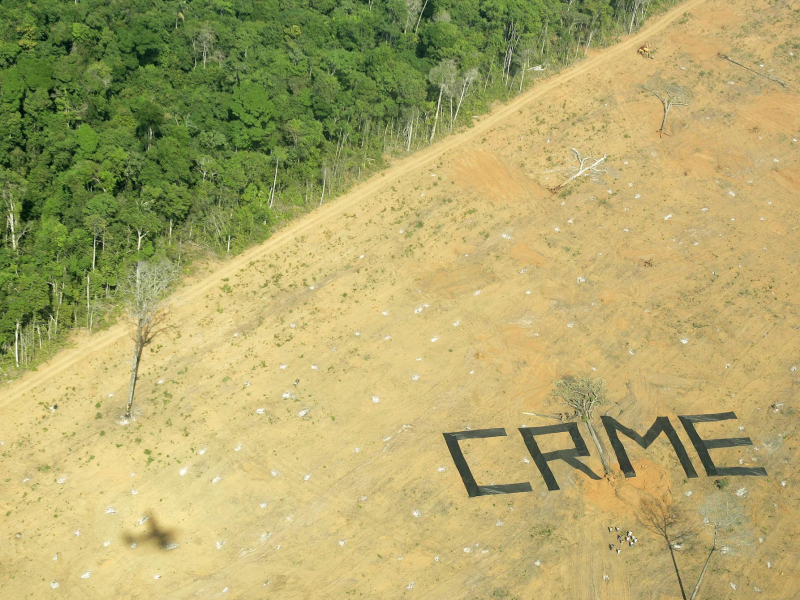
People are protesting Bolsonaro's inaction and his downplaying of the crisis. He's in-turn blamed the fires on environmental groups without evidence. On Friday, Bolsonaro said the army would fight the fires.
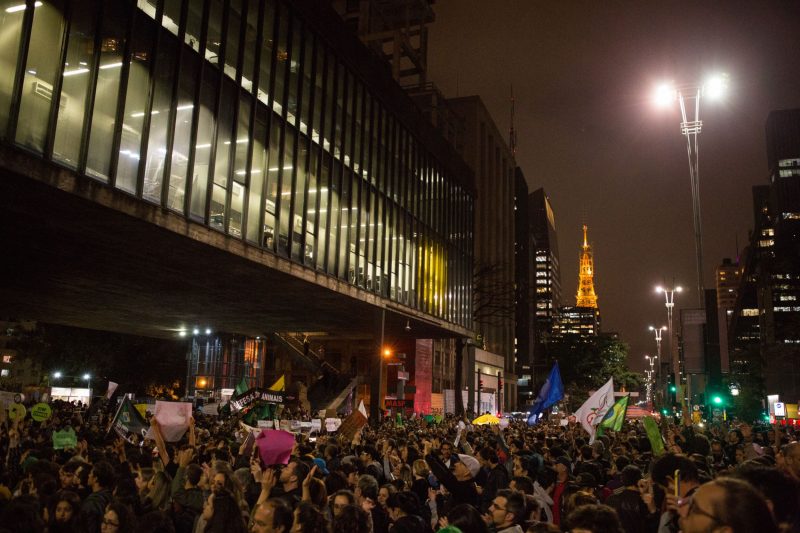
Sources: Business Insider, The Guardian









